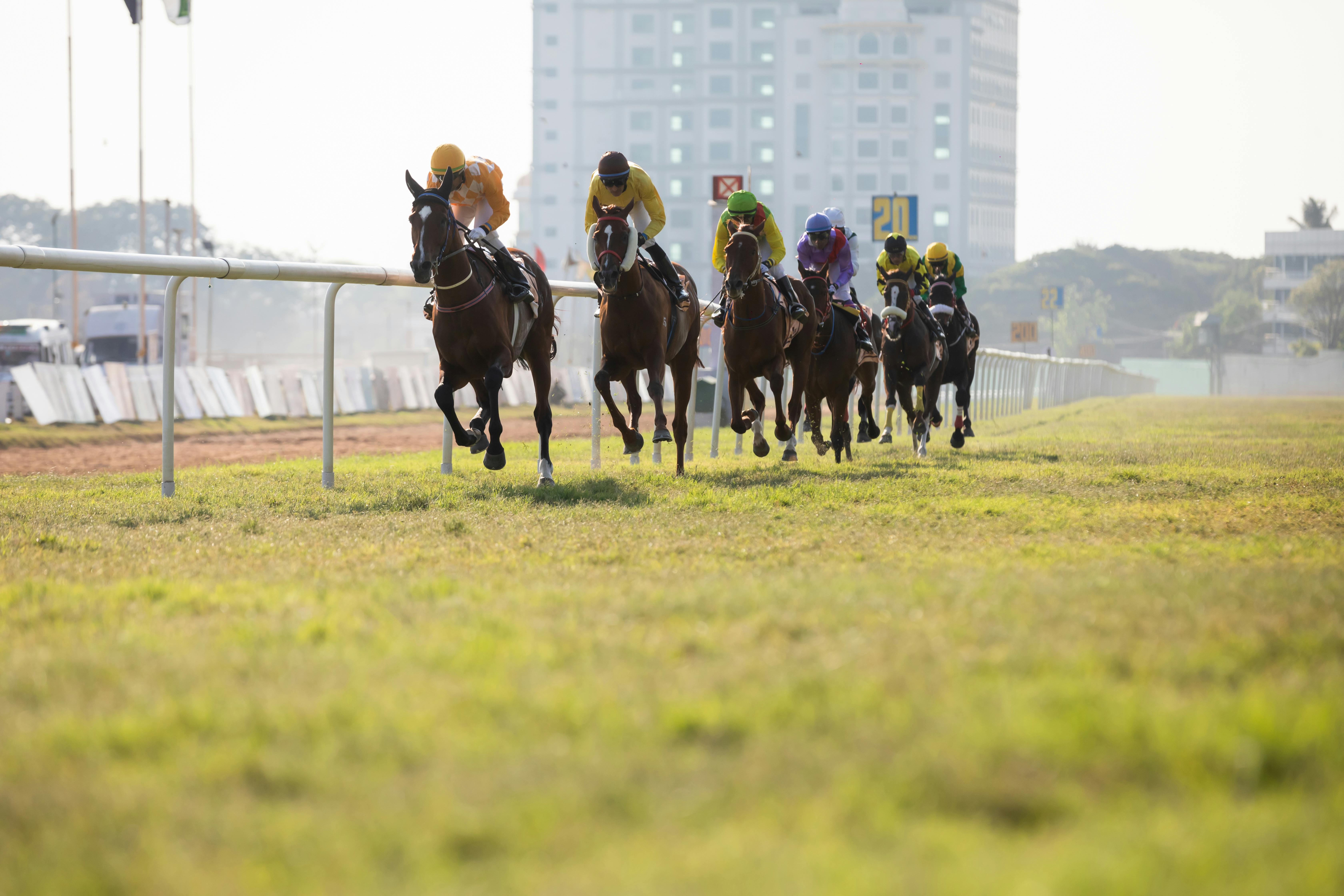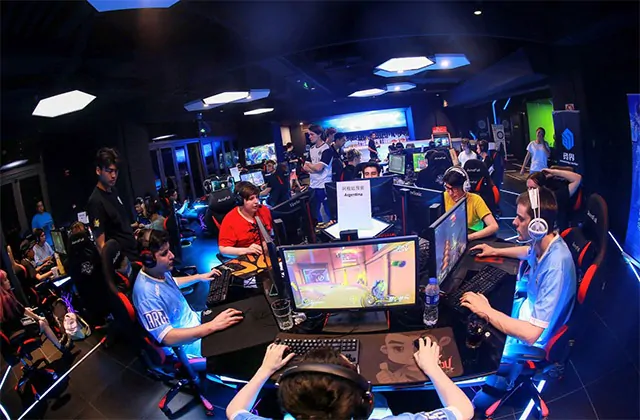The Art of Training a Racehorse

Racehorses are incredible and majestic creatures who captivate audiences with speed, agility and grace. The art of training a racehorse is a complex and multifaceted process that requires a deep understanding of equine physiology, psychology and nutrition.
Whether you’re an aspiring trainer who wants to train a horse for a specific race in mind, as the ones in SA horseracing do, or simply interested in the world of horseracing, the insights in this article will offer you a new appreciation for the dedication and skill required to train these incredible animals.
The importance of early training
Early training determines a horse’s response to training and racing, focusing on balance, strength and coordination. It includes exposure to various environments and experiences, like other horses, terrain, crowds and noise, all to prepare for racing conditions and minimize anxiety during an important race, like the ones seen in SA horseracing daily.
Nutrition and exercise
A well-rounded diet and exercise regimen can enhance a horse’s physical capabilities and improve its performance. The ideal diet for a racehorse consists of high-quality hay, grains and supplements, with access to clean water at all times. When it comes to exercise, many trainers, SA horseracing trainers included, develop customized plans based on the horse’s age, breed and physical abilities.
Injury prevention
Preventing injuries starts with proper training techniques and attention to the horse’s physical and mental well-being. For example, SA horseracing trainers design exercise plans that gradually build the horse’s strength. They also monitor the horse’s physical condition, looking for signs that may indicate an injury is developing.
In addition to proper training techniques, preventive measures include regular veterinary checkups, the use of protective gear like leg wraps or boots and minimizing exposure to hazards.
Mental preparation techniques
Horses can experience stress and anxiety, just like us, which can affect their performance on the racetrack. However, some techniques can help with mental preparation:
1) Desensitization – the horse is gradually exposed to unfamiliar objects and crowds to reduce its anxiety.
2) Routine – establishing a structured routine for training, feeding and other activities can help reduce anxiety and stress.
3) Creating a bond – developing a close bond with the horse can help build trust and confidence, which can translate to improved performance on the racetrack.
Conclusion
Training a racehorse is a complex process, by focusing on every single detail mentioned above, trainers can help horses reach their full potential on the racetrack. Whether you’re a seasoned racing enthusiast or a newcomer to the sport, understanding the art of training a racehorse can help you appreciate the hard work and dedication that goes into producing a champion.





